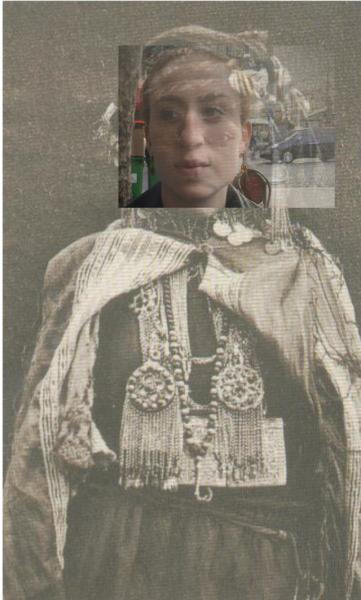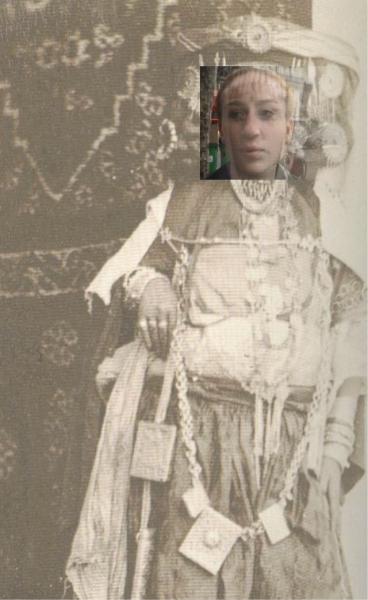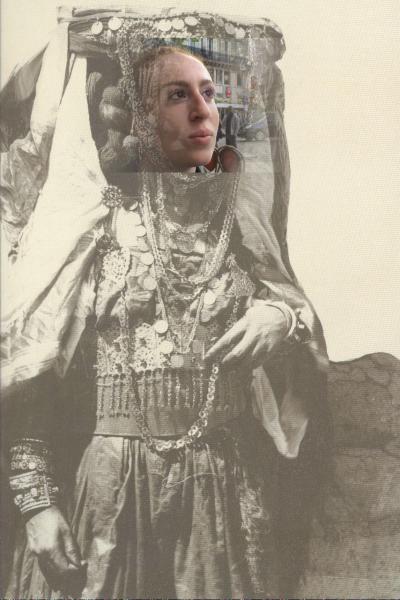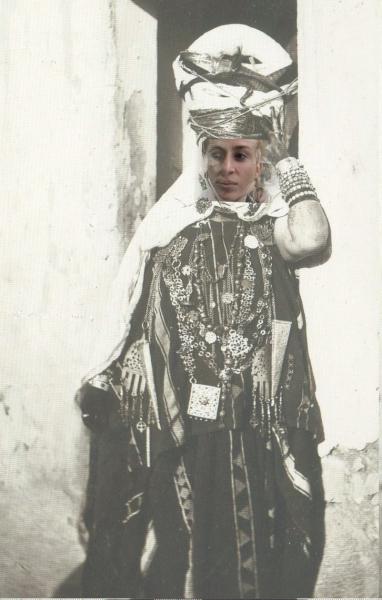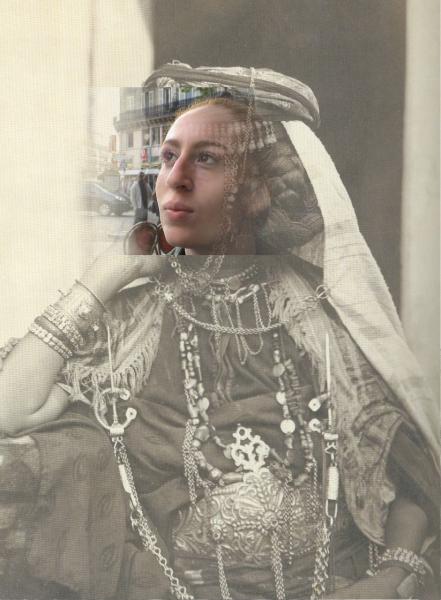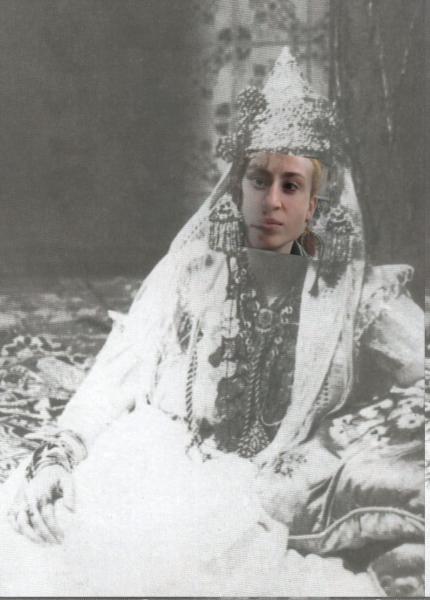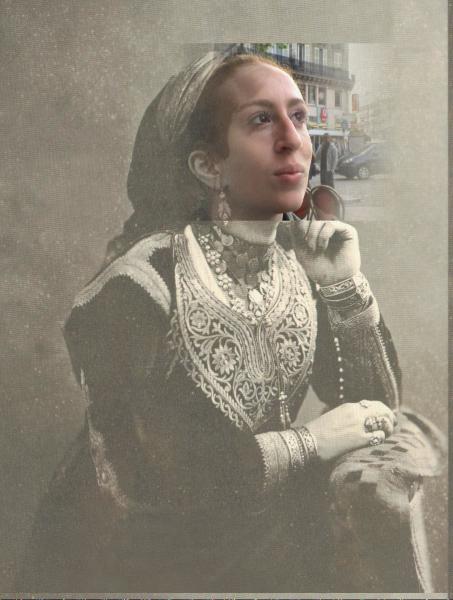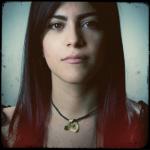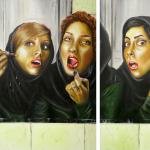Houria Niati’s mixed-media work addresses her Algerian roots, and how displacement and colonization affect her personal history and her country’s history at large.
My interest in adornments started when I was very little. Having been born during the French Occupation of Algeria, in school I was taught that my ancestors were Gauls. I was brought up in a Muslim family, where the customs were kept strong but also the doors were wide open to French culture. We had a mixture of languages and traditions that were accepted and encouraged, not only in my family, but in the Arab/Berber community as well.
However, I remember being fascinated when my aunties from the south used to come to visit. They were my relatives from my mother's Berber side of the family and my father's Bedouin origins. The women used to wear traditional outfits and adorn themselves with many amazing pieces of silver jewelry. Their hands were decorated with henna, their eyes made up with Kohl, and they used strong perfume. Their hair was platted and covered by enormous turbans decorated with more finery. They used to live in a small village where my mum was born, situated in the high mountains of the Atlas chain. Although the French made a big impact on Algerian culture in the northern area of the country, they couldn’t curb the indigenous traditions in the deep countryside where the way of life and customs were different.
As a little girl I spent my time staring in fascination at my aunties when they used to take off their adornment for the night and help each other put them on again in the morning. Their finery had been collected since they were very young.
Algerian independence was proclaimed in 1962, and the entire French population fled back to France or other destinations. The country was divided in different cultures: The French/Algerians who had a strong French impact, the Arab/Muslims, and the Berbers (from the ancient original culture that had survived many invasions). I was 13 at the time, and from that moment many questions came to my mind: Who were the French? Who were the Berbers? What did being Arab or Muslim mean?
Despite living in UK as an adult, my interest and connection with current Algerian developments has never ceased. It still captivates me, as do many questions of tradition, ancestry, and culture. My “What if?” project depicts portraits I took of a young French/Algerian woman, Nabila, a daughter of a first generation Algerian immigrant to France who was born in Paris. I chose some old photographs of Algerian women in their traditional costume (many of which photographs were taken during French colonial rule to be sold as post cards) that reminded me of my aunties from Southern Algeria. I then fused the pictures with Nabila’s portrait.
I found the results very haunting, astonishing and quite disturbing.
My family genealogical tree doesn’t go very far back. This is a consequence of colonialism.
Doing research on adornments in Algeria would bring many more questions to light, because this finery would help me to understand its value, power and function. Women who felt trapped and forced to fight for their family's survival, who took part in the war of liberation, who were the vehicles for protecting and transmitting their culture, used stunning jewelry and accessories to proclaim their freedom, their unique identity, but also their sensuality and beauty. It was their way of “being” or existing as individual entities. Would adornments have the same function and play the same role for future generations? Would women's finery ever again be as necessary as it was during colonialism?

